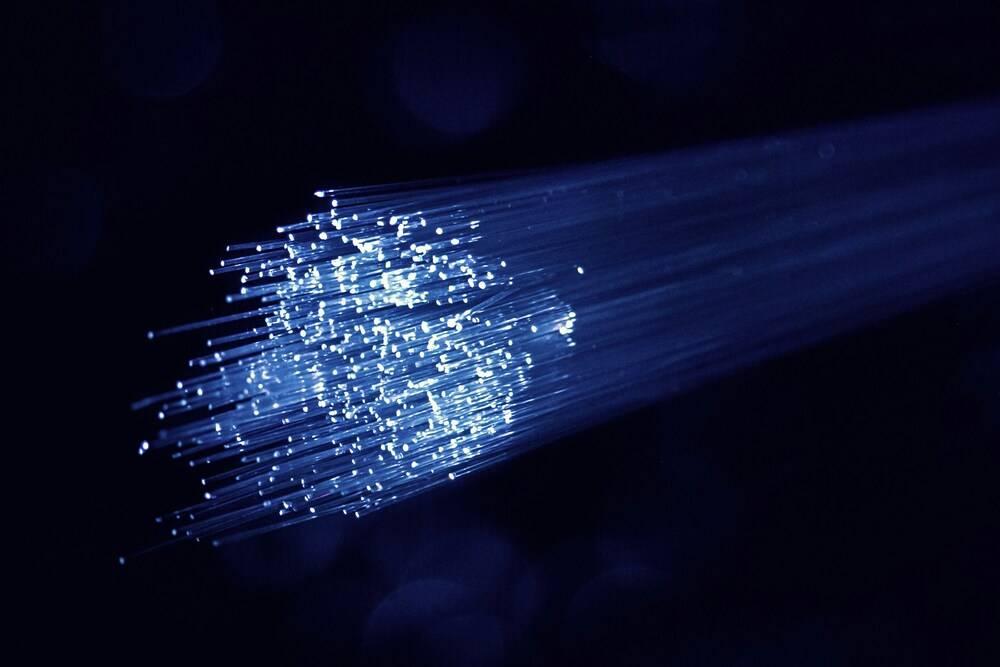Neighborhood communities need the agreement of a majority of the neighbors to make some decisions. On other occasions, it is not necessary, since there is a legal framework that protects them. We analyze what happens in the case of fiber installations.
The Neighbor communities They require a certain consensus in making decisions that can affect all members of the same building. However, in certain contexts, it is not always necessary, as it is a right protected by law. This is the case of fiber installations. Despite this, it may happen that we find ourselves faced with the situation where one of our neighbors objects to entering their home to complete the installation: what happens in these cases?

What the law says
We go to the General Telecommunications Law (9/2014), accessible in this link, to find out what the legal framework says regarding the deployment of fiber optics. Specifically, article 29 states the following: “Operators will have the right, under the terms of this chapter, to occupy private property when it is strictly necessary for the installation, deployment and exploitation of the network to the extent provided for in the technical project presented.”. Therefore, a neighbor could not deny passage to the corresponding technician. However, to do so, it is necessary for the operator to carry out the necessary prior formalities, such as the action report.
One of the most common doubts has to do with the passage of cables through the façade. However, in this case it is not possible to refuse either, since “Operators may deploy cables and equipment that constitute public electronic communications networks and their associated resources through facades, although to do so they must use, to the extent possible, previously installed deployments, conduits, installations and equipment.”. The explanation lies in the fact that, indeed, the façade is considered a common area.
Since it is a right, in the event that our building does not have fiber optics, the community, therefore, cannot refuse to do its own thing. It is only necessary for a neighbor to express his or her willingness to incorporate this technology. The only exception is found in the case that the building is considered “historical-artistic heritage with the category of property of cultural interest declared by the competent administrations”.
The operator
But what if it is the operator who You don’t want to install fiber? In this case, we must take into account that operators must evaluate the area in question when deploying. It is possible that, for technical or economic reasons, they decide not to carry out the installation. Although it is becoming less common that we find ourselves in these types of situations.
If the operator refuses, there is little we can do beyond trying to find an alternative operator. Or, ultimately, go to the Telecommunications User Service Office to try to find a solution with which we can satisfy our needs in this regard.













